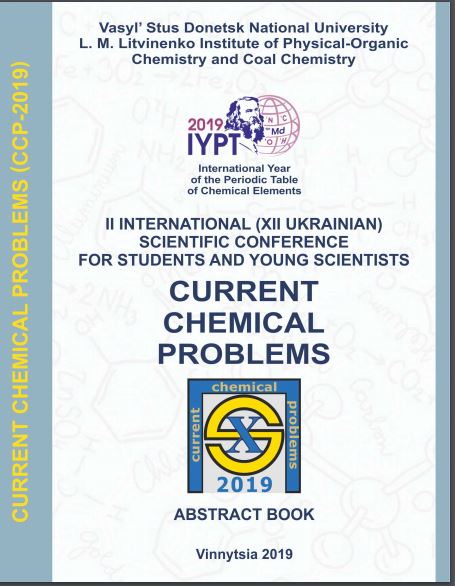Challenges in synthesis of bromospiropentane via cristolfirth-hunsdiecker reaction.
Abstract
Bromospiropentane, which poses special interest due to great synthetic potential was formerly synthesized via Simmons-Smith cyclopropanation and consequent reduction of 1,1-dibromospiropentane. Another approach, namely via Hunsdiecker halodecarboxylation of corresponding acid had yet to be employed, although it’s widely used for preparation of similar small-ring bromides.
In present work it was found that the most widely used Cristol-Firth modification of Hunsdiecker reaction with 1 equiv. of red mercuric oxide in tetrachloromethane fails to give the desired compound, and even more so, the total consumption of bromine was not observed. Working under assumption that the first intermediate to form was corresponding mercuric carboxylate more polar solvents, namely dichloromethane and 1,2-dichloroethane were tested to find that indeed conversion of acid to bromide does occur, albeit not fully, despite the observed full consumption of bromine.

